DIY Pest Control: Baking Soda & Vinegar – Your Garden’s New Best Friends!
Are pesky critters turning your garden dreams into a nightmare? I know the feeling! You’ve poured your heart and soul into nurturing your plants, only to find them under attack. But don’t despair! You don’t need harsh chemicals to win this battle. I’m here to share a simple, effective, and eco-friendly solution: DIY pest control using baking soda and vinegar.
The use of natural remedies in gardening isn’t new. In fact, for centuries, gardeners have relied on readily available ingredients to protect their crops. Think back to your grandmother’s garden – chances are, she had a few tricks up her sleeve! This knowledge, passed down through generations, highlights the enduring power of simple, sustainable solutions.
Why is DIY pest control so important today? Well, many commercial pesticides contain harmful chemicals that can damage the environment and even pose risks to your health. Plus, they can be expensive! This baking soda and vinegar method offers a safe, affordable, and effective alternative. It’s a win-win for you, your garden, and the planet. So, let’s dive in and discover how to create your own powerful pest control solution!
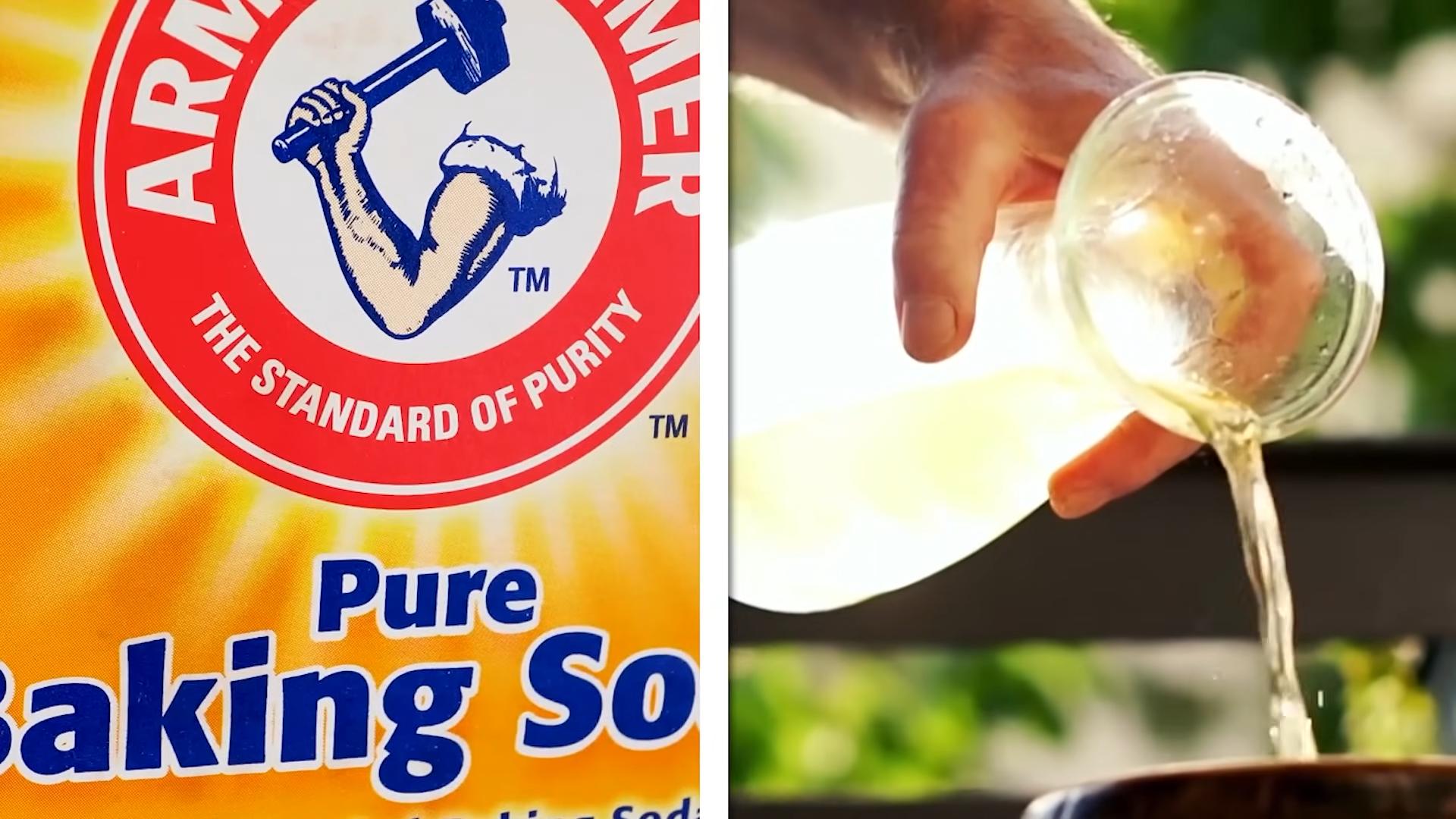
DIY Pest Control: Baking Soda and Vinegar Powerhouse
Hey there, fellow DIY enthusiasts! Are you tired of unwanted critters invading your home and garden? I know I am! Store-bought pest control can be expensive and often filled with harsh chemicals. That’s why I’m excited to share my go-to, all-natural solution: baking soda and vinegar. This dynamic duo is surprisingly effective against a wide range of pests, and it’s safe for your family, pets, and the environment. Let’s dive in!
Understanding the Power of Baking Soda and Vinegar
Before we get started, let’s understand why this combination works so well. Baking soda (sodium bicarbonate) is a mild alkali, while vinegar (acetic acid) is, well, an acid. When they mix, they create a chemical reaction that produces carbon dioxide gas. This fizzing action can disrupt pest habitats, suffocate smaller insects, and even deter larger pests from sticking around. Plus, both baking soda and vinegar have inherent properties that make them unappealing to many creatures.
General Safety Precautions
Important! While baking soda and vinegar are generally safe, it’s always a good idea to take precautions:
* Wear gloves: Prolonged exposure to vinegar can irritate your skin.
* Avoid contact with eyes: Both baking soda and vinegar can sting if they get in your eyes. If contact occurs, rinse thoroughly with water.
* Test on a small area: Before applying to a large area of your garden, test the solution on a small, inconspicuous spot to ensure it doesn’t harm your plants.
* Don’t mix in a closed container: The reaction produces carbon dioxide, which can cause pressure to build up and potentially explode a sealed container.
Targeting Specific Pests
The beauty of this DIY solution is its versatility. Here’s how to use baking soda and vinegar to combat some common pests:
* Ants: This is where baking soda and vinegar really shine! They disrupt ant trails and can eliminate entire colonies.
* Aphids: These tiny sap-suckers can wreak havoc on your plants. A baking soda and vinegar spray can help control their population.
* Slugs and Snails: These slimy pests are a gardener’s nightmare. Baking soda and vinegar can deter them from munching on your precious plants.
* Weeds: Yes, you can even use this combination to kill weeds! The acidity of the vinegar, boosted by the baking soda, can effectively eliminate unwanted plants.
* Fruit Flies: A simple trap using vinegar and a drop of dish soap can lure and trap these annoying insects.
* Cockroaches: While not a complete solution, baking soda and vinegar can help deter cockroaches and disrupt their nesting areas.
DIY Recipes and Application Methods
Now for the fun part! Here are some specific recipes and application methods for different pest problems:
Ant Control
This is my go-to method for getting rid of ants in my kitchen and around my house.
1. Locate the ant trail: Follow the ants to find their entry point or trail.
2. Create a baking soda paste: Mix baking soda with a small amount of water to form a thick paste.
3. Apply the paste: Spread the paste directly onto the ant trail or near their entry point.
4. Pour vinegar: Slowly pour vinegar onto the baking soda paste. Watch it fizz!
5. Let it sit: Allow the mixture to sit for at least an hour, or even overnight.
6. Wipe clean: Wipe away the residue with a damp cloth.
7. Repeat as needed: You may need to repeat this process several times to completely eliminate the ants.
Alternative Ant Control Method: Vinegar Spray
1. Mix vinegar and water: Combine equal parts white vinegar and water in a spray bottle.
2. Spray directly on ants: Spray the solution directly onto any ants you see.
3. Wipe away: After a few minutes, wipe away the dead ants.
4. Spray entry points: Spray around windows, doors, and other potential entry points to deter ants from returning.
Aphid Control
Aphids are a common problem in gardens, but this spray can help keep them at bay.
1. Mix the solution: In a spray bottle, combine 1 tablespoon of baking soda, 1 tablespoon of white vinegar, and 1 quart of water.
2. Test on a small area: Before spraying the entire plant, test the solution on a small, inconspicuous area to ensure it doesn’t cause any damage.
3. Spray the affected plants: Spray the solution liberally on the affected plants, focusing on the undersides of the leaves where aphids tend to congregate.
4. Repeat as needed: Repeat the application every few days until the aphids are gone.
Important Note: Avoid spraying during the hottest part of the day, as this can scorch the leaves.
Slug and Snail Deterrent
Slugs and snails can decimate your garden overnight. Here’s how to keep them away:
1. Create a barrier: Sprinkle a ring of baking soda around vulnerable plants. The baking soda will dehydrate the slugs and snails, deterring them from crossing the barrier.
2. Vinegar spray: For slugs and snails you see directly, spray them with undiluted white vinegar. This will kill them on contact.
3. Be careful: Avoid getting baking soda directly on plant leaves, as it can burn them.
Weed Killer
This method is great for spot-treating weeds in your driveway or sidewalk.
1. Pour vinegar directly: Pour undiluted white vinegar directly onto the weeds you want to kill.
2. Sprinkle with baking soda: Sprinkle baking soda on top of the vinegar-soaked weeds.
3. Let it sit: Allow the mixture to sit for several hours or overnight.
4. Remove the dead weeds: Pull out the dead weeds. You may need to repeat this process for stubborn weeds.
Important Note: This method will kill any plant it comes into contact with, so use it carefully around your desired plants.
Fruit Fly Trap
Fruit flies are annoying and seem to appear out of nowhere. This simple trap is very effective.
1. Pour vinegar into a jar: Pour about an inch of apple cider vinegar into a small jar or glass.
2. Add dish soap: Add a drop or two of dish soap to the vinegar. The soap will break the surface tension of the vinegar, causing the fruit flies to drown.
3. Cover with plastic wrap: Cover the jar with plastic wrap and secure it with a rubber band.
4. Poke holes: Poke a few small holes in the plastic wrap. The fruit flies will be attracted to the vinegar and will enter the jar through the holes, but they won’t be able to escape.
5. Place near fruit: Place the trap near your fruit bowl or wherever you’re seeing fruit flies.
6. Empty and refill: Empty and refill the trap as needed.
Cockroach Deterrent
While baking soda and vinegar won’t completely eliminate a cockroach infestation, they can help deter them and disrupt their nesting areas.
1. Mix baking soda and sugar: Mix equal parts baking soda and sugar. The sugar will attract the cockroaches, while the baking soda will kill them.
2. Sprinkle in problem areas: Sprinkle the mixture in areas where you’ve seen cockroaches, such as under sinks, behind appliances, and in cracks and crevices.
3. Vinegar spray: Spray a mixture of equal parts white vinegar and water around these same areas to further deter cockroaches.
4. Maintain cleanliness: Remember that cleanliness is key to preventing cockroach infestations. Keep your kitchen clean and free of food scraps.
Tips for Success
* Use white vinegar: White vinegar is the most effective type of vinegar for pest control.
* Use fresh baking soda: Baking soda loses its potency over time, so use a fresh box for best results.
* Be persistent: It may take several applications to completely eliminate pests.
* Combine with other methods: For severe infestations, you may need to combine baking soda and vinegar with other pest control methods.
* Observe your plants: Always monitor your plants for any signs of damage after applying baking soda and vinegar.
* Adjust the ratios: Feel free to experiment with the ratios of baking soda and vinegar to find what works best for your specific pest problem.
Troubleshooting
* Solution not working? Make sure you’re using fresh baking soda and white vinegar. Also, try increasing the concentration of baking soda or vinegar in your solution.
* Plants getting damaged? Reduce the concentration of baking soda or vinegar in your solution, or avoid spraying during the hottest part of the day.
* Pests returning? Be persistent
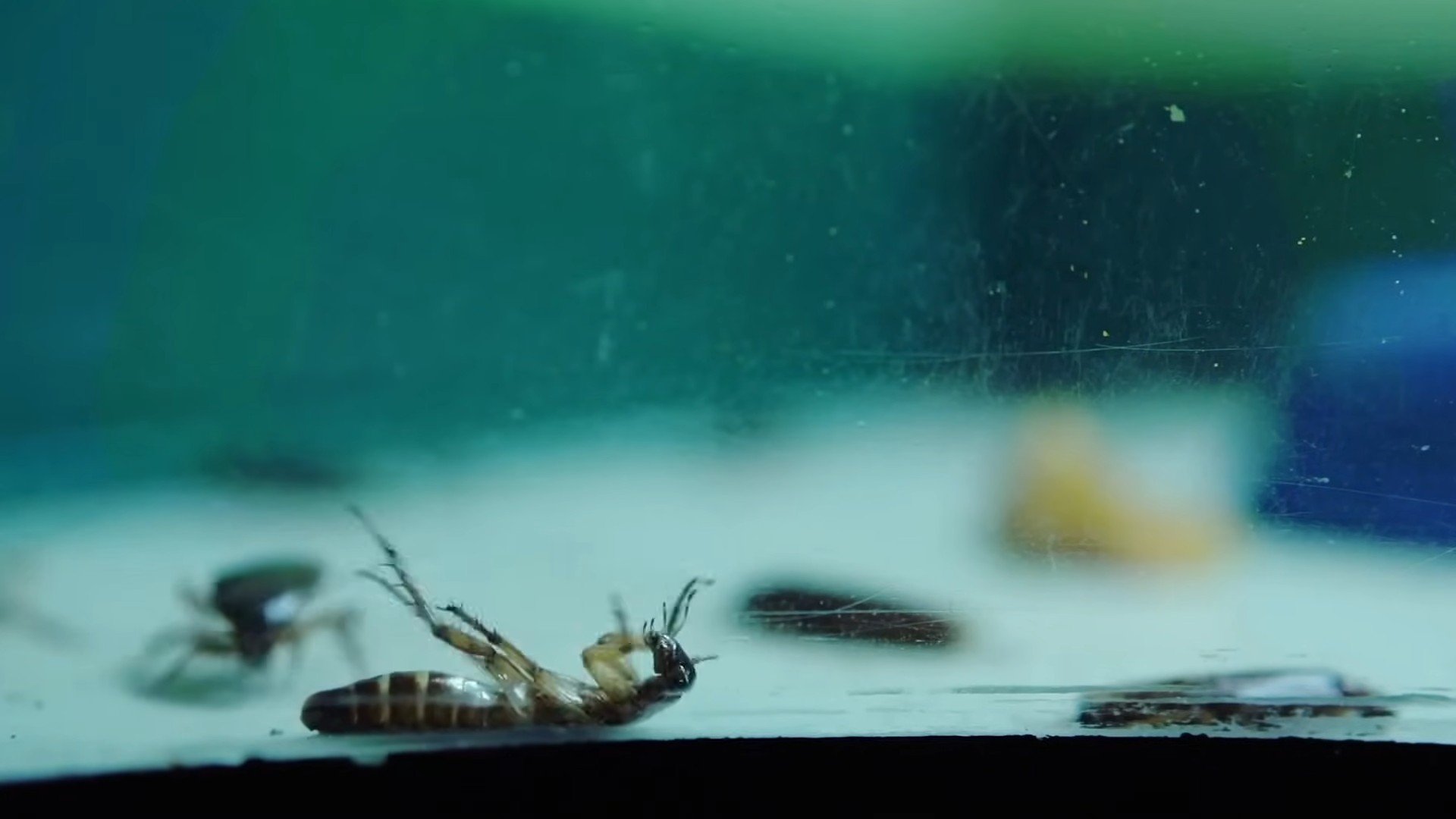
Conclusion
So, there you have it! A simple, effective, and incredibly affordable way to tackle common household pests using ingredients you likely already have in your pantry. This DIY pest control baking soda vinegar solution isn’t just about saving money; it’s about taking control of your home environment and opting for a more natural approach to pest management.
Why is this a must-try? Because it works! While it might not be a silver bullet for severe infestations (in which case, professional help is always recommended), it’s a fantastic first line of defense against ants, roaches, silverfish, and other unwelcome guests. It’s also significantly less toxic than many commercial pesticides, making it safer for your family, pets, and the environment. Think about it: no more harsh chemicals lingering in the air, no more worrying about accidental exposure. Just a clean, effective solution that gets the job done.
But the beauty of this DIY trick lies in its versatility. Feel free to experiment with variations to suit your specific needs and the types of pests you’re dealing with. For example:
* Essential Oil Boost: Add a few drops of peppermint, tea tree, or eucalyptus essential oil to your baking soda and vinegar mixture. These oils have natural insect-repelling properties and will leave your home smelling fresh. Peppermint is particularly effective against ants and spiders.
* Sugar Trap Enhancement: For ants specifically, add a small amount of sugar to the baking soda. The sugar will attract the ants, while the baking soda will ultimately eliminate them. This is a great way to target ant colonies directly.
* Vinegar Spray for Surfaces: Create a diluted vinegar spray (equal parts vinegar and water) to wipe down countertops, floors, and other surfaces where pests are likely to travel. The acidic nature of vinegar acts as a natural deterrent.
* Baking Soda Barrier: Sprinkle a line of baking soda along baseboards, windowsills, and other entry points to create a physical barrier that pests are less likely to cross.
* Lemon Juice Addition: Adding lemon juice to the vinegar solution can enhance its cleaning power and leave a pleasant citrus scent. Lemon is also a natural insect repellent.
Remember to always test any new solution in an inconspicuous area first to ensure it doesn’t damage the surface. And while this DIY method is generally safe, it’s always a good idea to wear gloves when handling baking soda and vinegar, especially if you have sensitive skin.
We’re confident that you’ll be amazed by the effectiveness of this simple yet powerful DIY pest control baking soda vinegar solution. It’s a game-changer for anyone looking for a natural, affordable, and effective way to keep their home pest-free.
So, what are you waiting for? Give it a try! We encourage you to experiment with the variations, find what works best for you, and most importantly, share your experience with us. Let us know in the comments below how this DIY trick worked for you, what variations you tried, and any tips you have to share with other readers. Your feedback is invaluable and helps us all learn and improve our pest control strategies. Let’s create a community of happy, pest-free homes!
Frequently Asked Questions (FAQ)
Is this DIY pest control method safe for pets and children?
Yes, generally speaking, this DIY pest control method is much safer for pets and children than commercial pesticides. Baking soda and vinegar are both non-toxic substances when used as directed. However, it’s still important to exercise caution. Keep the mixture out of reach of young children and pets to prevent accidental ingestion. While baking soda is generally harmless, consuming large amounts can cause digestive upset. Similarly, vinegar can irritate the skin and eyes. If your pet or child ingests a significant amount of the mixture, contact your veterinarian or doctor. As a precaution, always apply the solution in areas that are not easily accessible to pets and children, and allow the treated areas to dry completely before allowing them access.
How often should I apply the baking soda and vinegar solution?
The frequency of application depends on the severity of the pest problem and the specific area being treated. For preventative measures, applying the solution once a week or every other week may be sufficient. For active infestations, you may need to apply it daily or every other day until the pest population decreases significantly. Monitor the treated areas regularly and reapply as needed. Remember to clean up any dead pests to prevent attracting other pests.
What types of pests does this DIY solution work best on?
This DIY pest control solution is most effective against common household pests such as ants, roaches, silverfish, fruit flies, and spiders. The baking soda disrupts the insects’ digestive systems, while the vinegar acts as a repellent and can also kill pests on contact. However, it may not be as effective against more resilient pests like termites or bed bugs, which may require professional treatment. For severe infestations of any pest, it’s always best to consult with a qualified pest control professional.
Will this DIY method stain or damage my surfaces?
While baking soda and vinegar are generally safe for most surfaces, it’s always a good idea to test the solution in an inconspicuous area first to ensure it doesn’t cause any discoloration or damage. Vinegar, in particular, can be acidic and may etch certain surfaces like marble or granite. Avoid using the solution on delicate or porous materials without testing it first. If you’re concerned about staining, you can dilute the vinegar with more water or use a baking soda paste instead of a liquid solution.
How long does it take to see results with this DIY pest control method?
The time it takes to see results can vary depending on the severity of the infestation and the type of pest you’re dealing with. In some cases, you may notice a decrease in pest activity within a few days. However, for more established infestations, it may take a week or two to see significant results. Consistency is key. Continue applying the solution regularly and monitor the treated areas to track your progress. If you don’t see any improvement after a few weeks, you may need to consider alternative pest control methods or consult with a professional.
Can I use this DIY solution outdoors?
Yes, you can use this DIY solution outdoors to control pests around your home’s perimeter, in your garden, or on your patio. However, keep in mind that the solution may be less effective outdoors due to rain and other environmental factors. You may need to reapply the solution more frequently, especially after it rains. Avoid spraying the solution directly on plants, as the vinegar can damage them. Instead, focus on treating areas where pests are likely to congregate, such as around foundations, fences, and garbage cans.
What is the best way to store the baking soda and vinegar mixture?
It’s best to mix the baking soda and vinegar solution fresh each time you use it. This is because the chemical reaction between the two ingredients will eventually dissipate, making the solution less effective. However, if you have leftover solution, you can store it in a sealed container in a cool, dark place for a few days. Be sure to label the container clearly and keep it out of reach of children and pets. Before using the stored solution, give it a good shake to ensure the ingredients are properly mixed.
Is it possible to use just baking soda or just vinegar for pest control?
Yes, both baking soda and vinegar can be used individually for pest control, although they may be more effective when combined. Baking soda can be sprinkled in areas where pests are likely to travel, such as along baseboards and windowsills. It acts as a desiccant, drying out the insects’ exoskeletons. Vinegar can be sprayed directly on pests or used to wipe down surfaces to repel them. It’s particularly effective against ants and fruit flies. Experiment with both methods to see what works best for your specific pest problem.


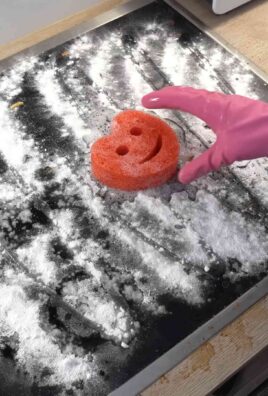
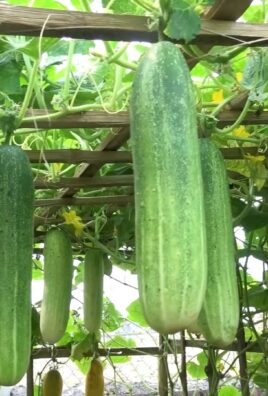
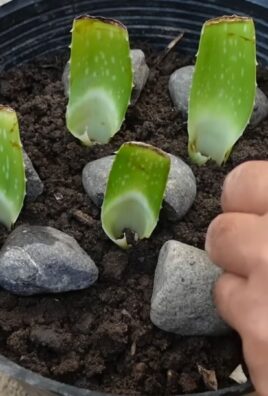
Leave a Comment